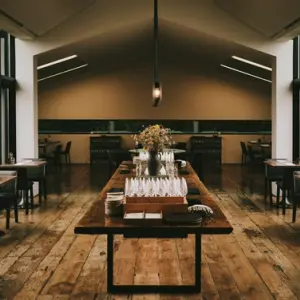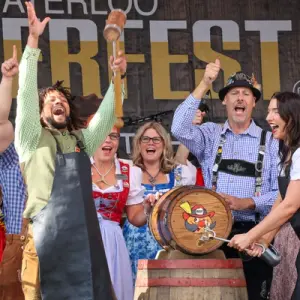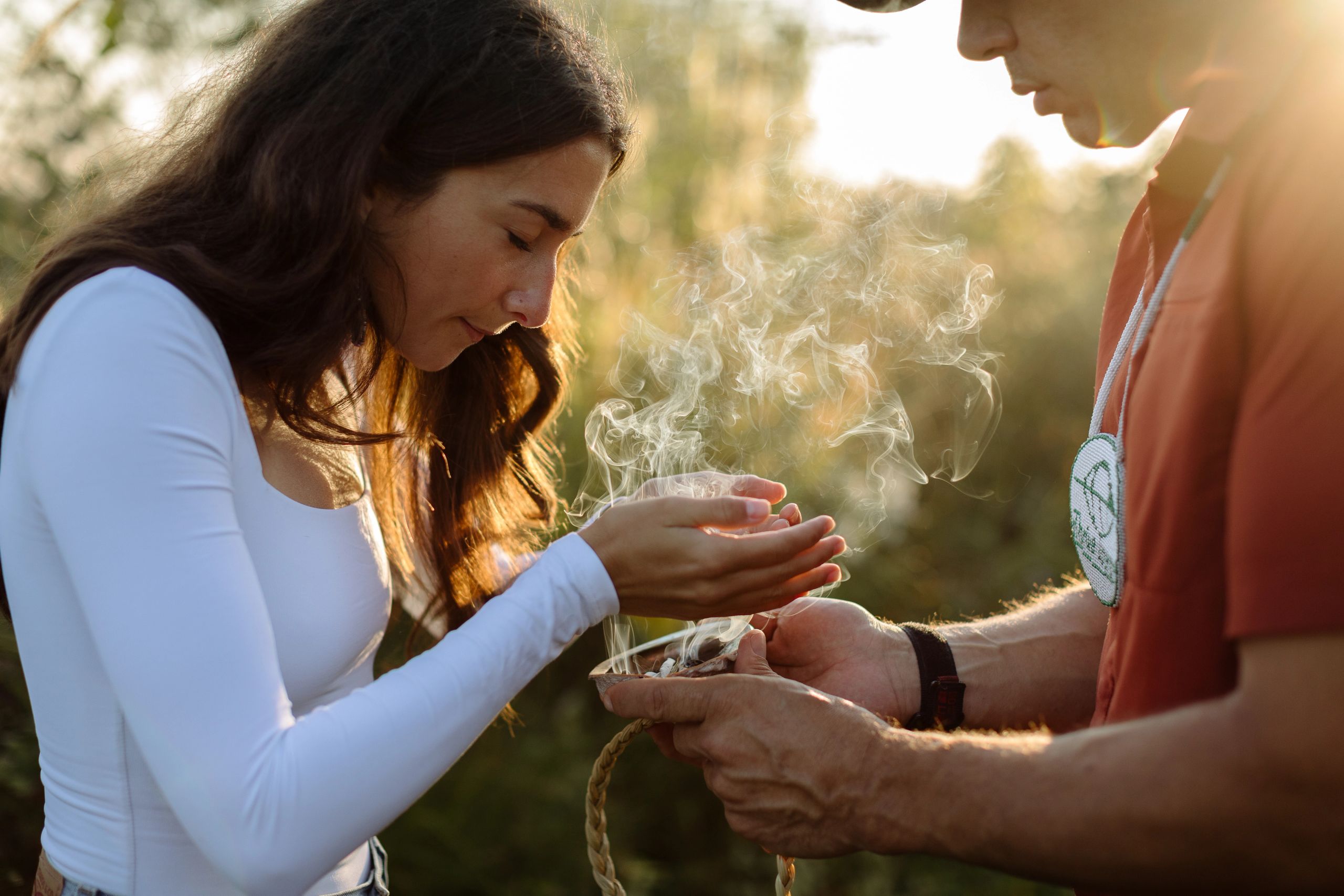
Learning cultural and ecological stories with Indigenous perspectives while enjoying the turquoise waters and white sand beaches of Lakes Huron and Superior in Northern Ontario.
Share
Words by Hayley Gendron (she/her), an Indigenous law student, outdoor athlete and content creator based on W̱SÁNEĆ territory (Vancouver Island, BC). She is of Omamíwínini (Algonquin) and English descent, and a member of Shabot Obaadjiwan First Nation. Hayley is an Anishinaabemowin language learner, and an avid alpinist, paddler, and hiker. She is currently in the world’s first law degree program combining Indigenous and non-Indigenous legal systems.
This post is presented in partnership with Destination Indigenous.
I had the incredible opportunity to visit the lands and waters of Baawaating (Sault Ste. Marie, Ontario) on a custom trip with Thrive Tours, an Indigenous-owned eco-tourism company.
Flying into Baawaating over the turquoise waters of Lakes Huron and Superior looked like we were arriving in the Bahamas rather than Northern Ontario. White sand beaches lined the edges of lakes so big they felt like oceans. This part of the country is often overlooked by travellers, but between the pristine waters and deep forested canyons, it is a nature lover’s paradise.
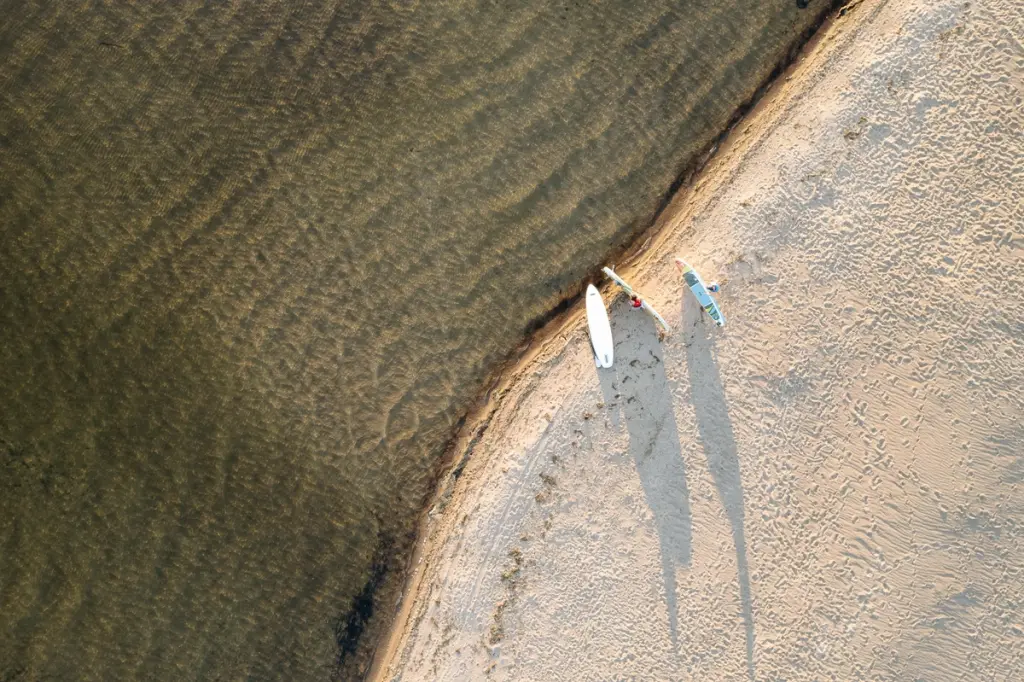
Thrive is owned and operated by Brad Robinson and Amanda Cora, a power couple that is passionate about sharing cultural and ecological knowledge while out on the land. They understand that visitors need to hear Indigenous perspectives of the Great Lakes areas, rather than just colonial history.
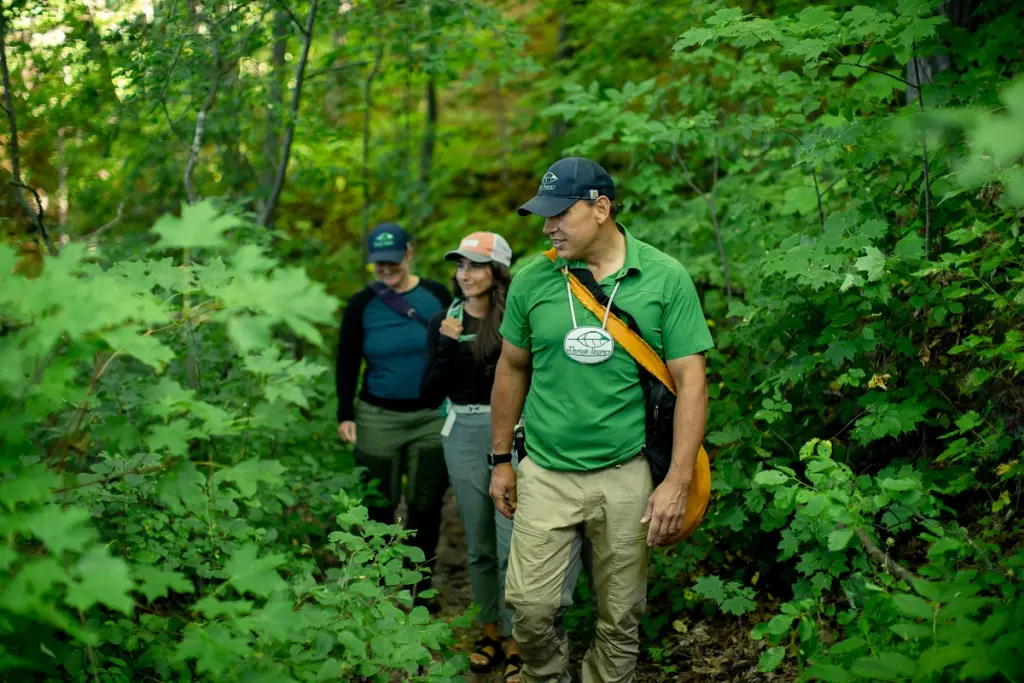
Baawaating is located right at the heart of the Great Lakes, in a place that was (and is) a very important meeting site for the Anishinaabe and Cree Peoples who lived (and live) there, and for visitors who travelled from distant lands. To hear stories, songs, and teachings while spending time on the land and water there really helps bring the lessons to life.
Thrive offers Indigenous-guided interpretive tours that include hiking, kayaking, canoeing, paddle-boarding, snow-shoeing, camping, food sharing, and more. We were impressed with the number of activities we fit into just two days!
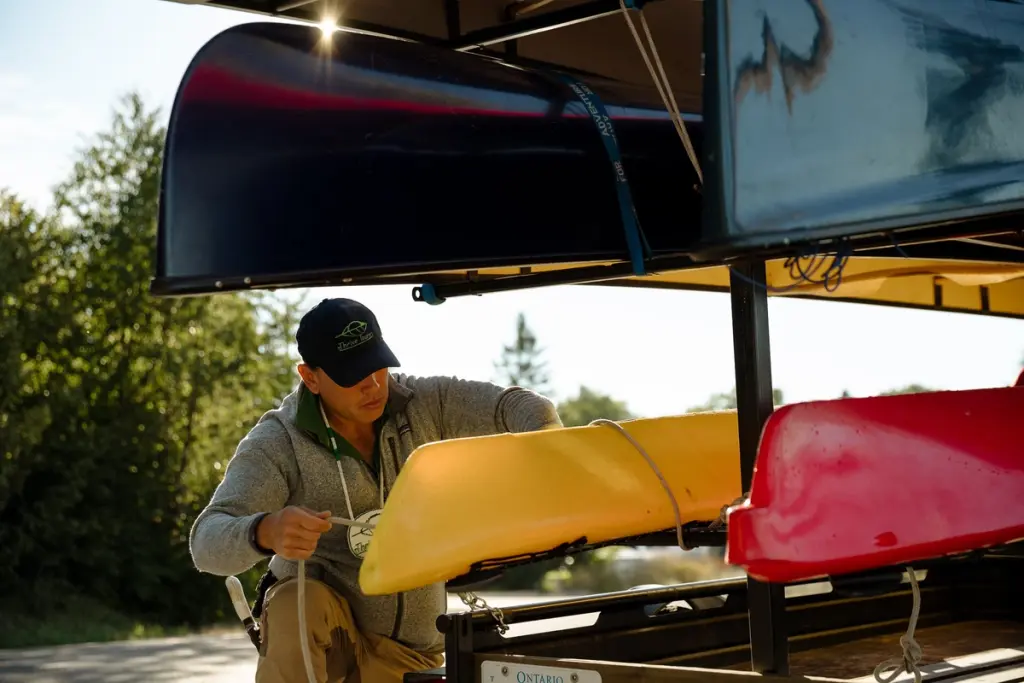
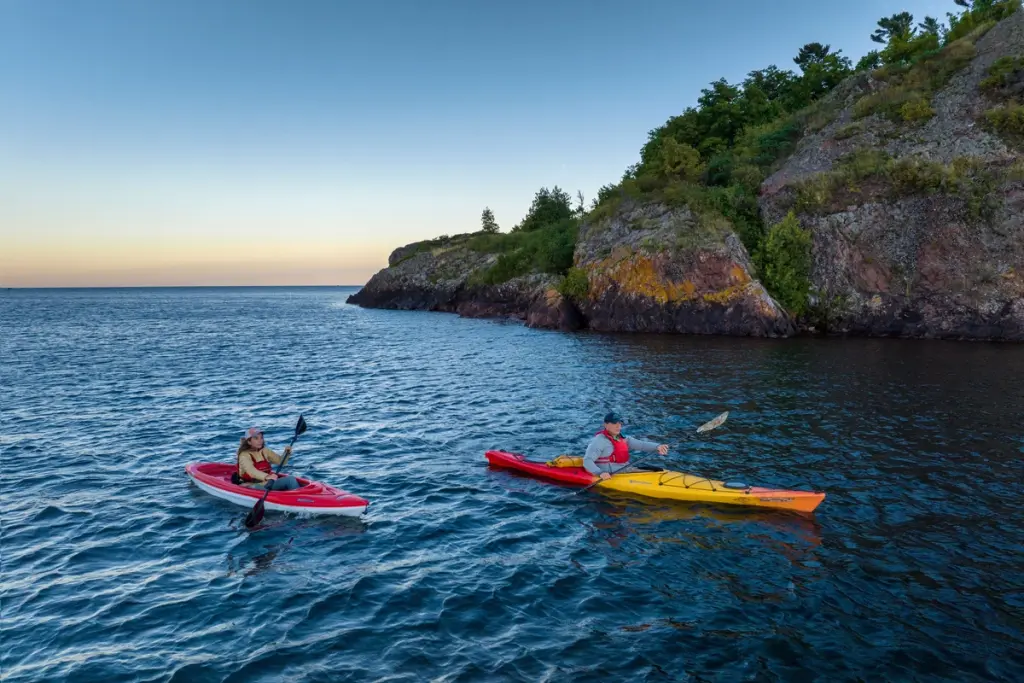
Brad was at the airport to welcome me to the territory, and we immediately headed to Batchewana First Nation’s Pow Wow, to meet Chief Dean Sayers and the rest of our crew. The timing of the trip worked out perfectly to coincide with the Pow Wow, and it was incredible to witness the talented dancers and drummers and community coming together in such a strong way.

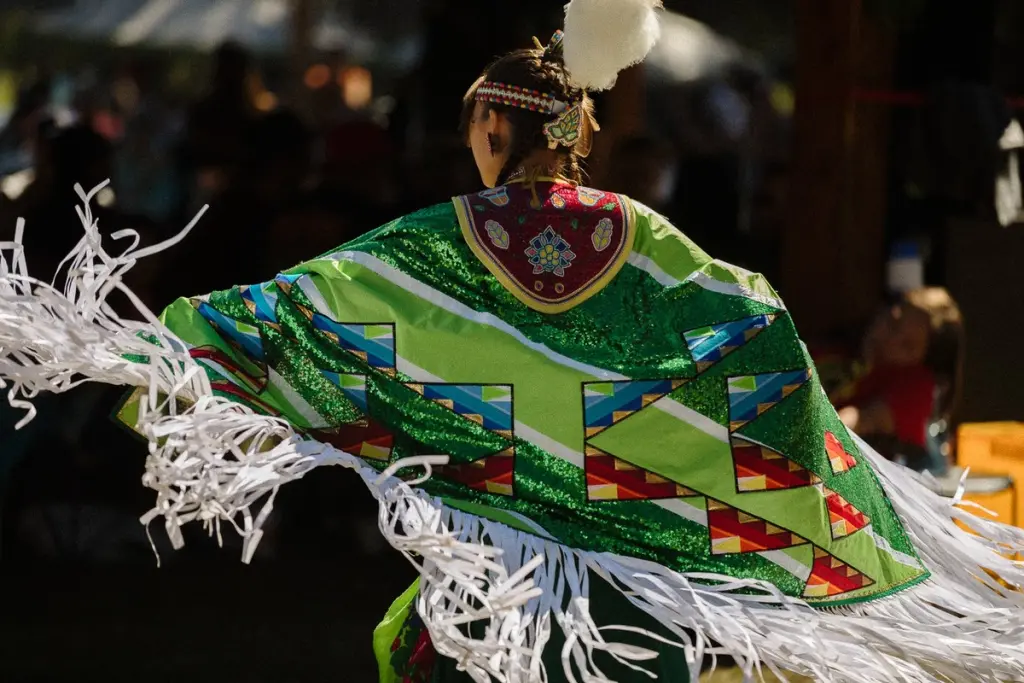
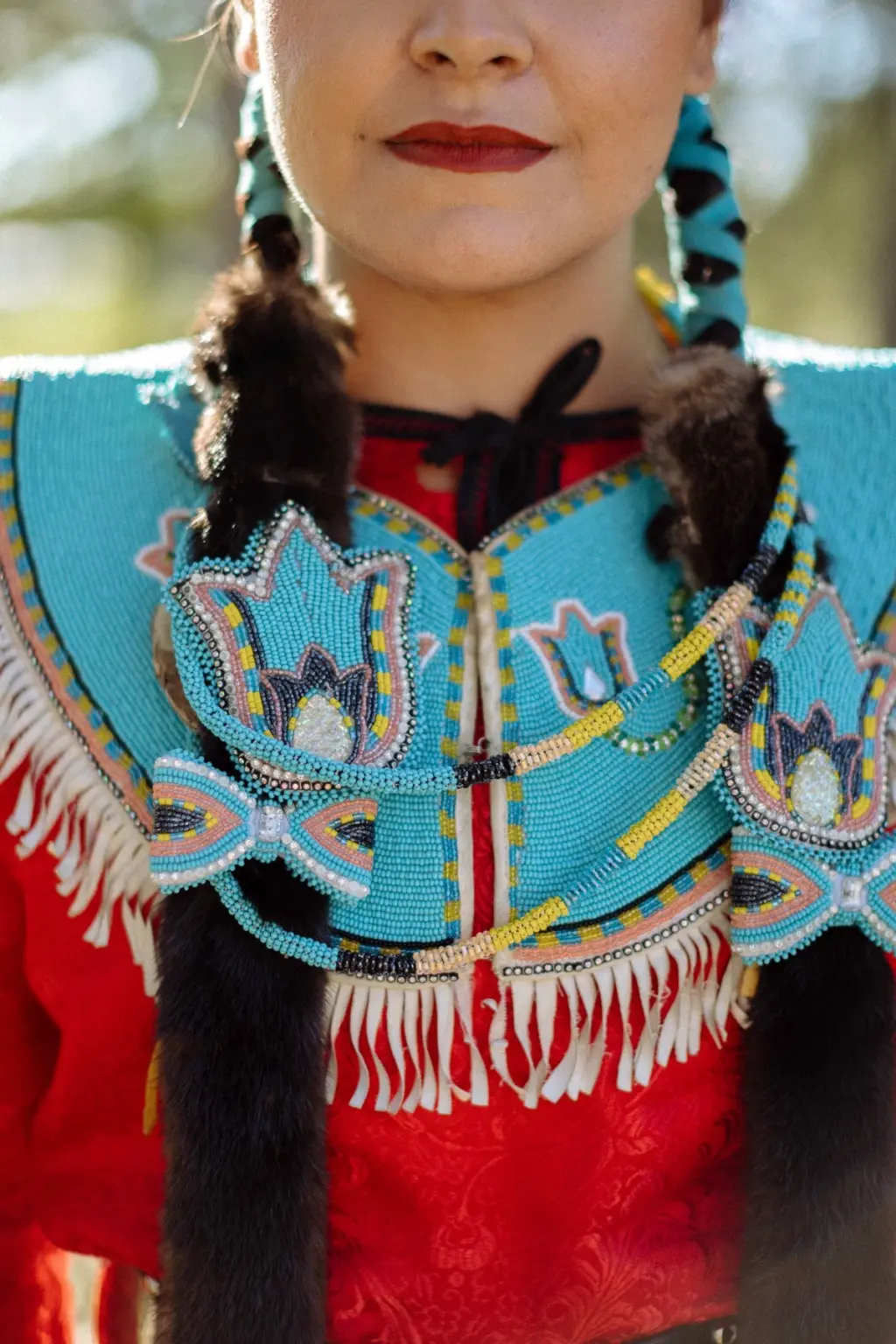
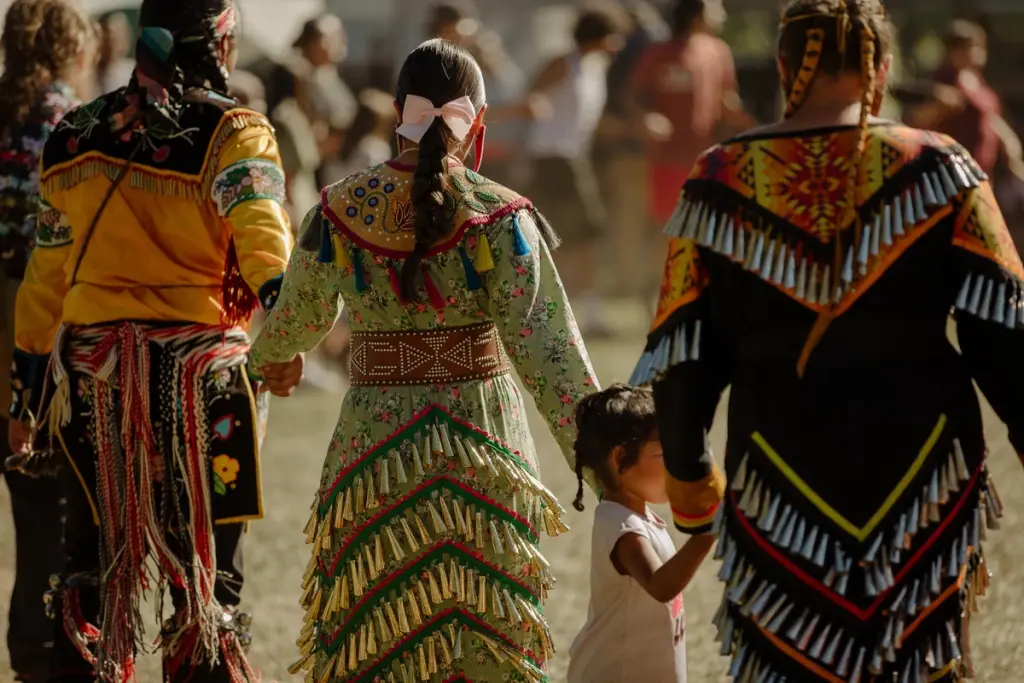
At the heart of many Indigenous values systems is sharing. Even though I was there to partake in a tour with their company, the experience was made richer by Brad and Amanda who made a point to introduce me to many other community members, friends, and family, to share and uphold their stories too.
After the Pow Wow, we enjoyed an incredible dinner in the grandiose lodge at Shingwauk Kinoomaage Gamig, a groundbreaking Anishinaabe education institute. That evening, under a beautiful sunset and moonrise, we sat around a fire in the teaching lodge as Chief Sayers held ceremony and told stories. It was the perfect way to end our first day.
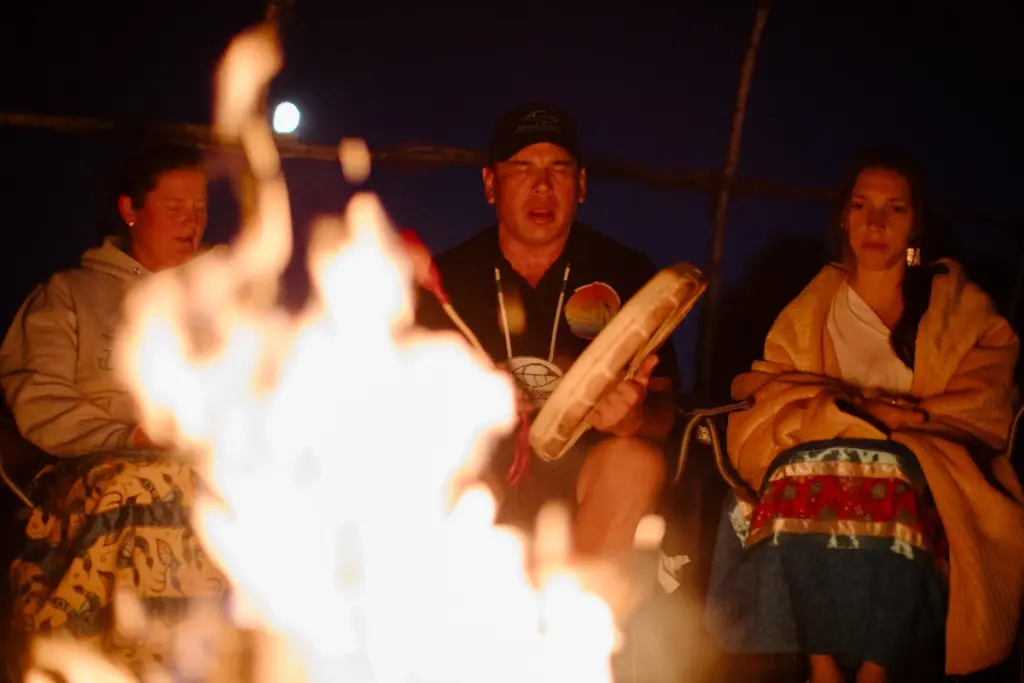
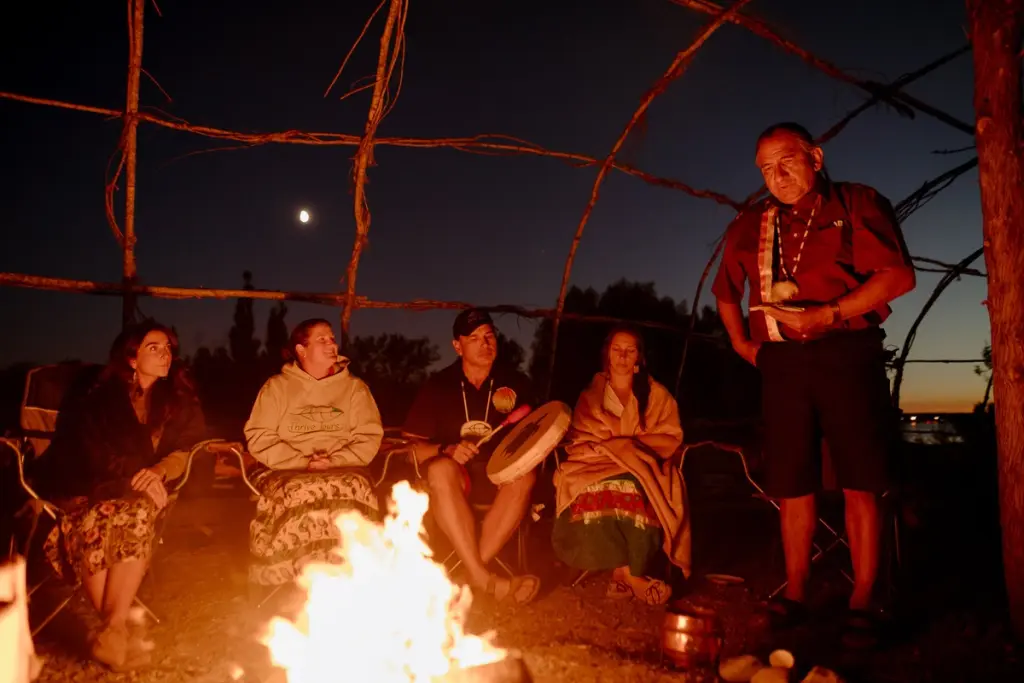
The next morning we met at Gros Cap Bluffs for a sunrise kayak session on Lake Superior, followed by a gorgeous coastal hike. Brad brought his drum and shared a few songs with us. His powerful voice echoed off the nearby bluffs across the water; the moment gave me chills.
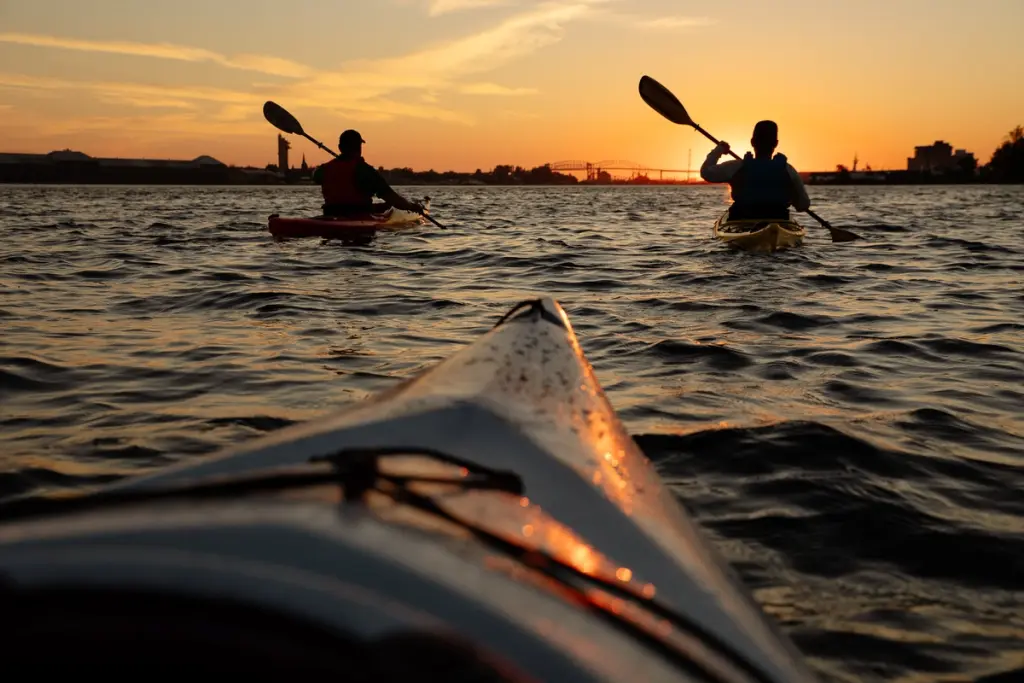
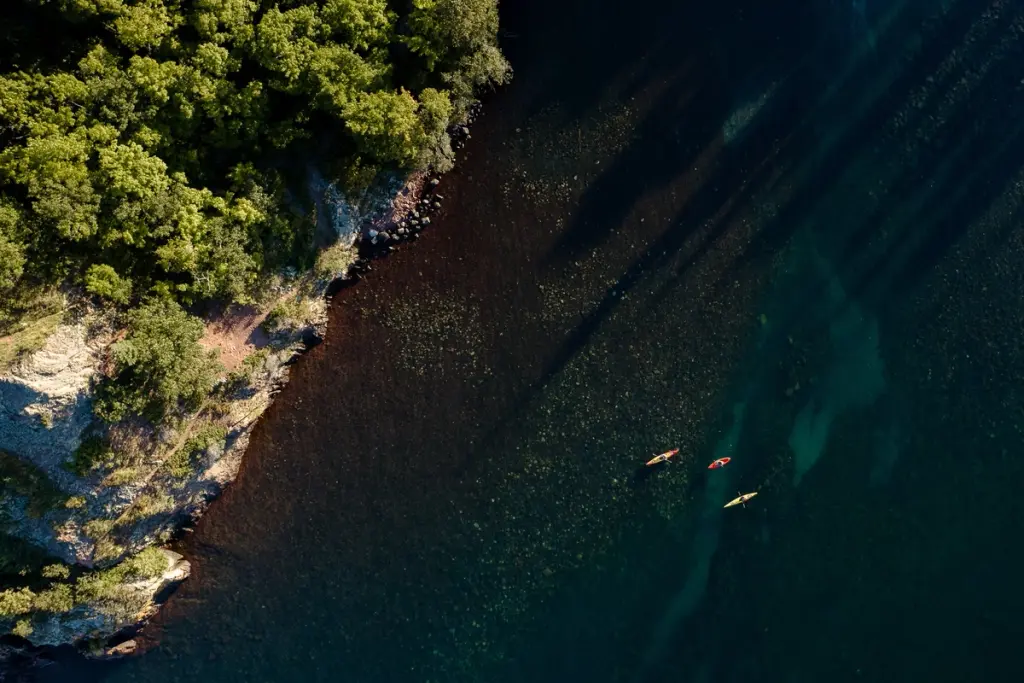
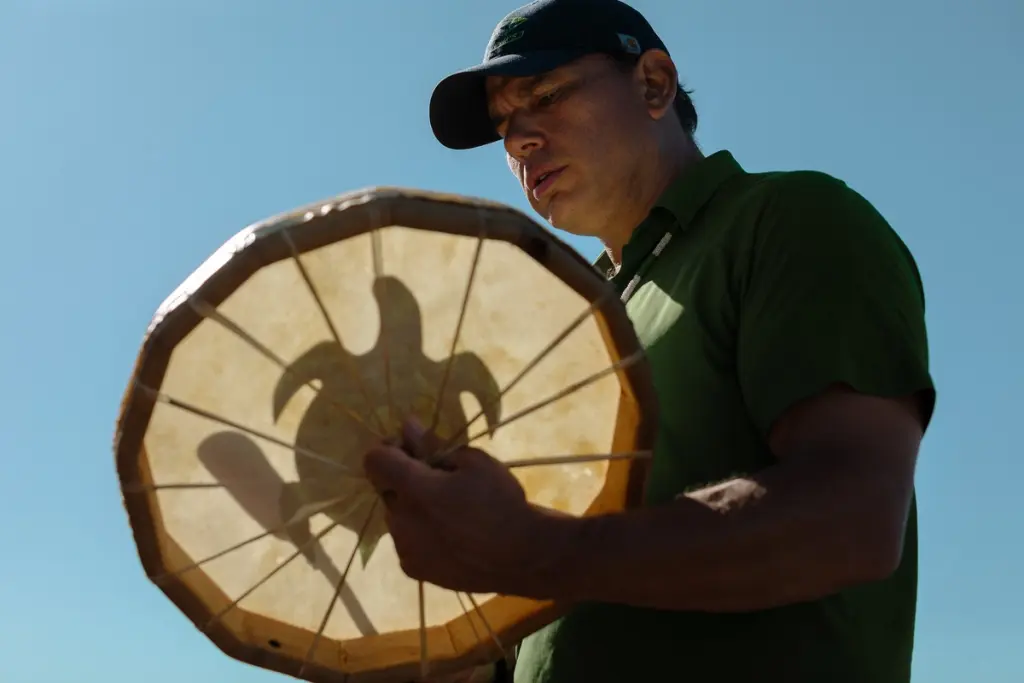
Afterwards, we took canoes onto the Garden River. Paddling on the glassy waters surrounded by lush forest was a highlight for me, and it was made even more special when we were visited by two bald eagles. Eagles are extremely significant in Anishinaabe culture; they fly higher than other animals so they are closest to the Creator and represent our connection to the spiritual world.
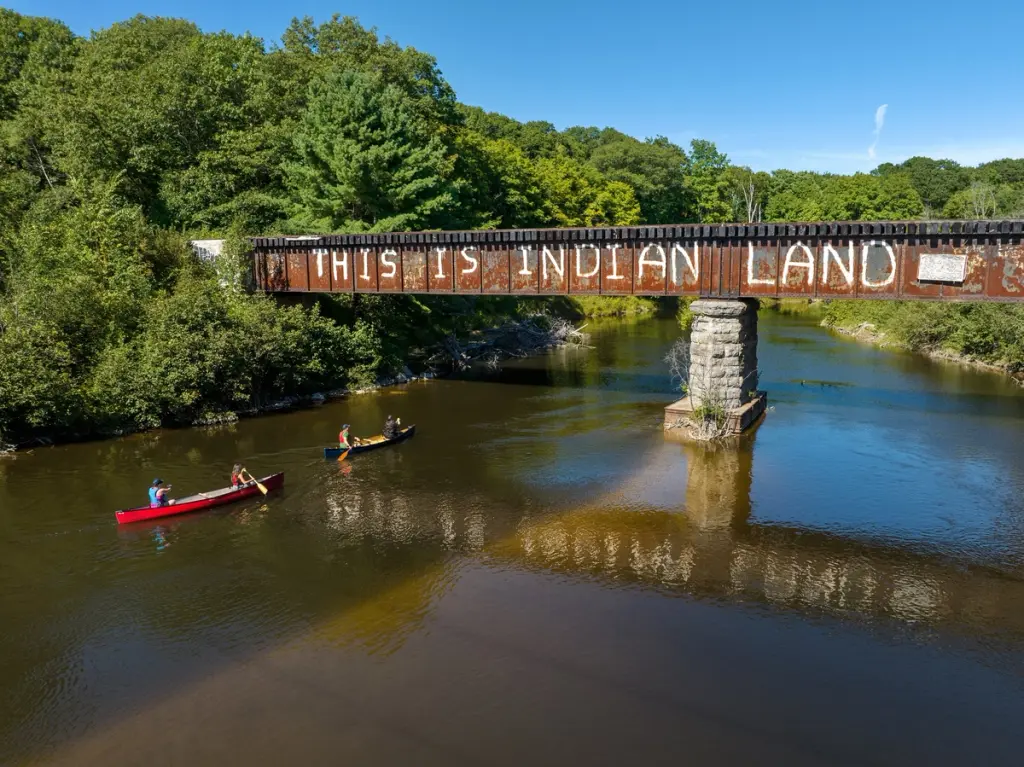
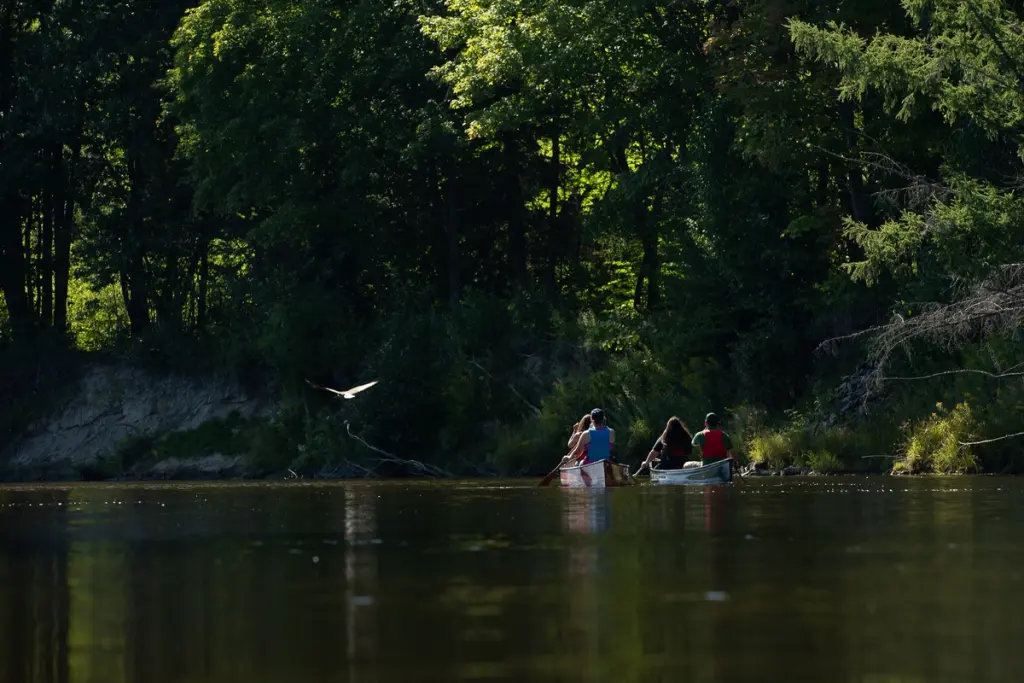
For sunset, we decided to go paddleboarding on St. Mary’s River between Lakes Huron and Superior. I could not get over the softness of the white sand beaches on the banks of the river!
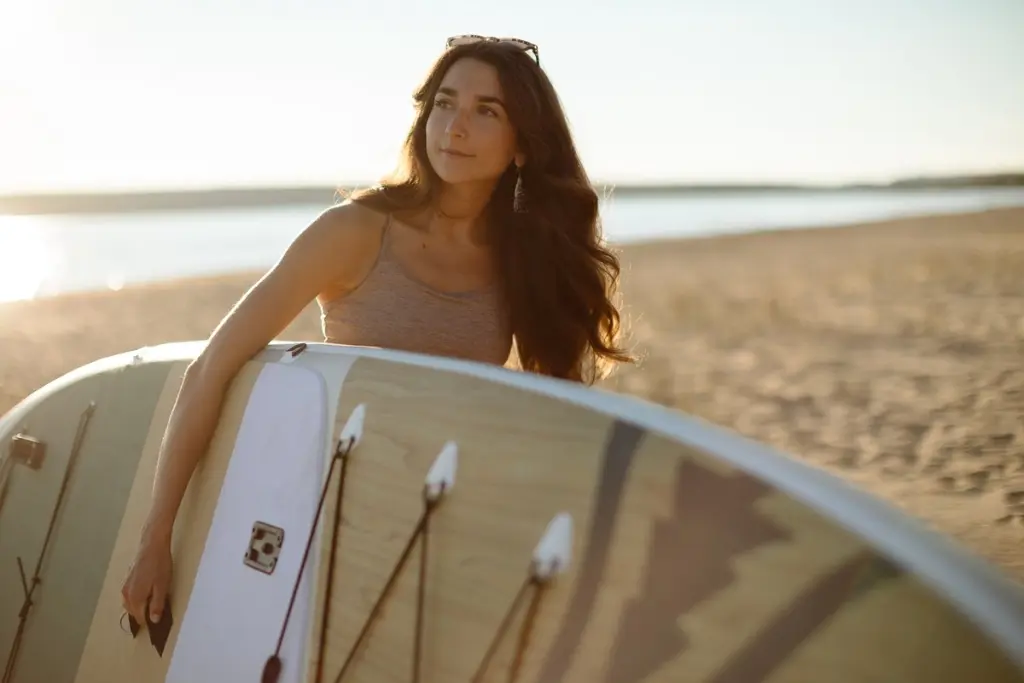
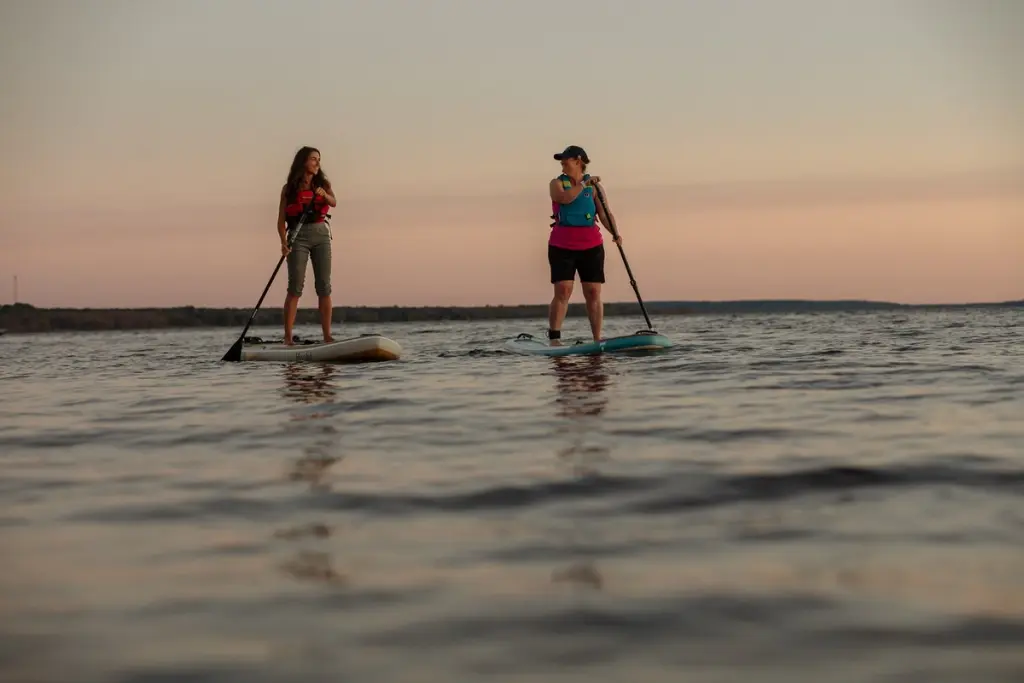

The next morning, before flying out we ended the tour with a sunrise walk through Whitefish Island, where Brad taught us the history of the land and how after a series of expropriations, Chief Edward James Sayers Nebenaigoching occupied it until it was finally rightfully returned to the Batchewana First Nation. We smudged, gave thanks to the land and reflected on the deep connections we had made in such a short period of time.
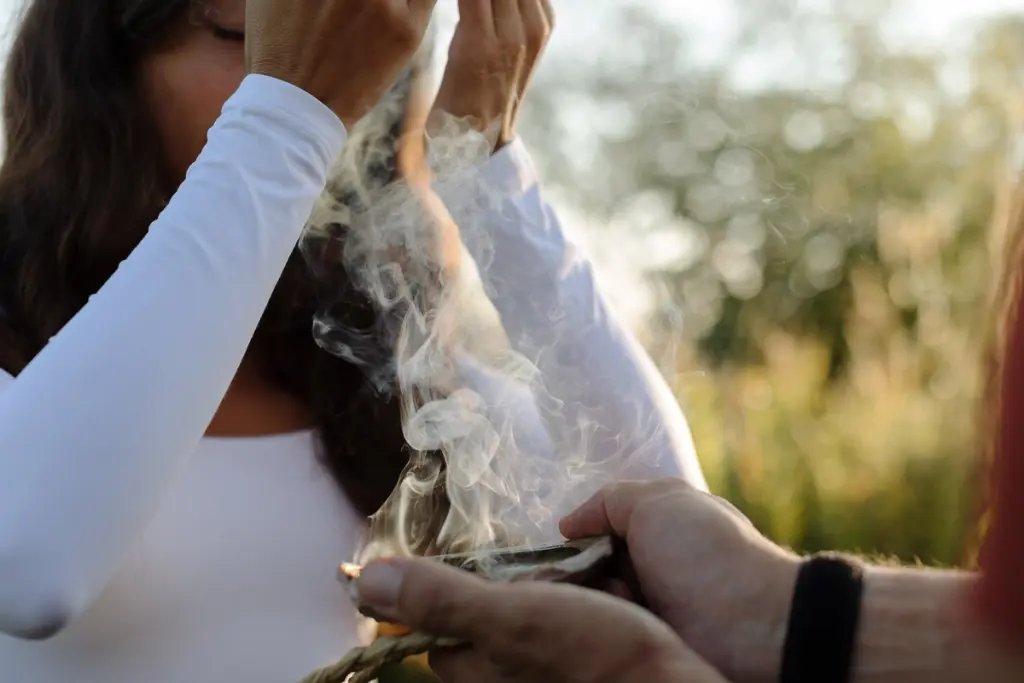
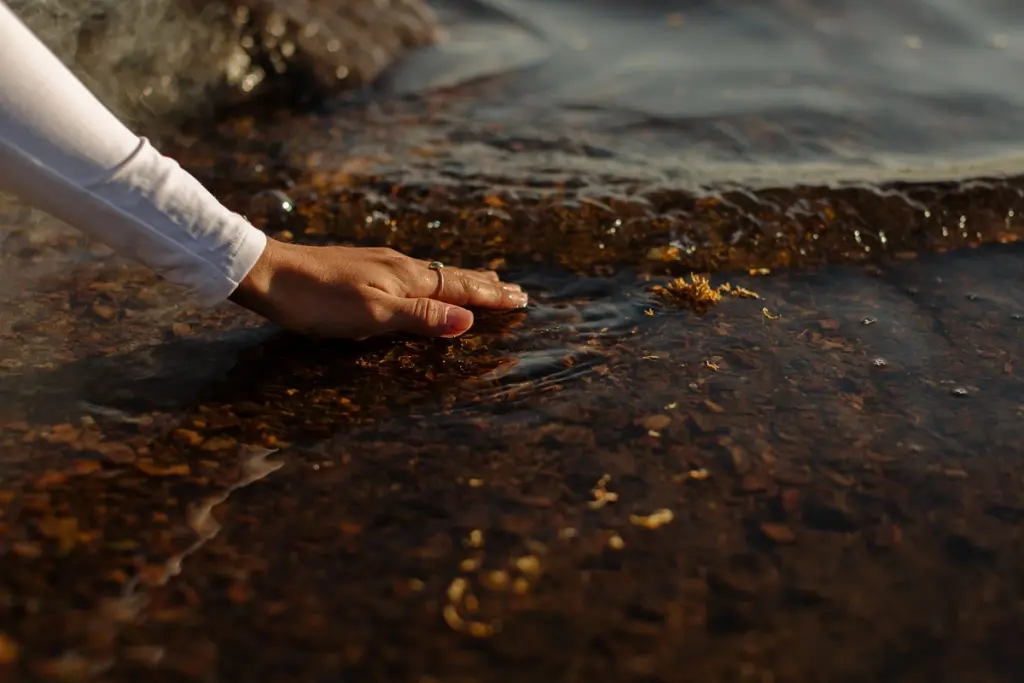

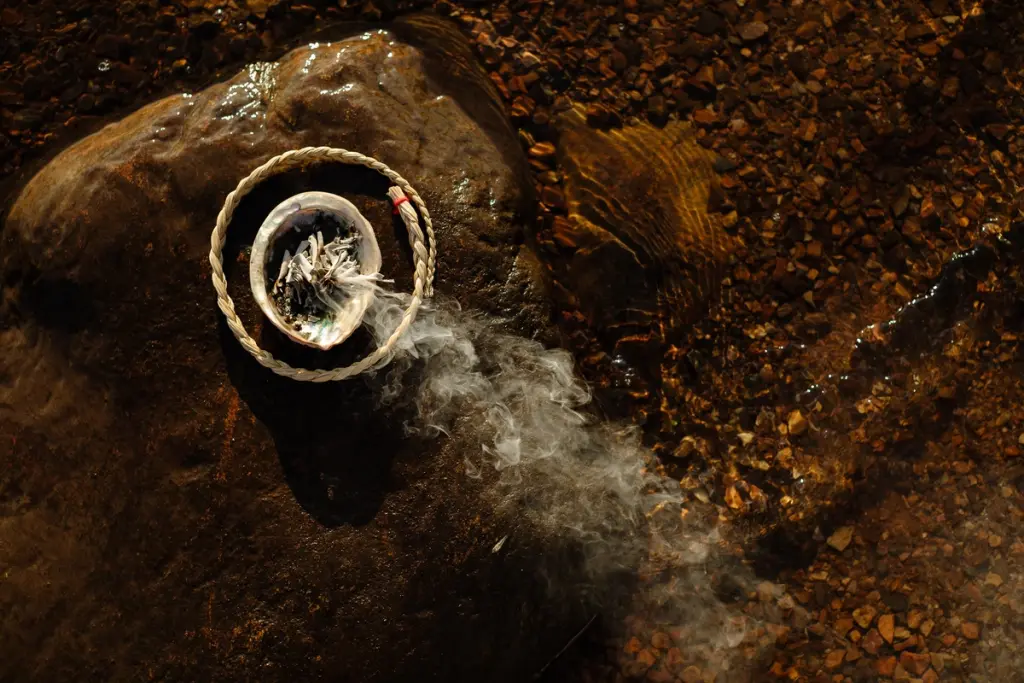
For more information, inquiries and bookings, please visit Thrive Tours.
If you are looking to explore more Indigenous tourism experiences across Canada, be sure to visit Destination Indigenous.

Hayley Gendron
Contributor
Hayley Gendron (she/her) is an Indigenous law student, outdoor athlete and content creator based on W̱SÁNEĆ territory (Vancouver Island, BC). She is of Omamíwínini (Algonquin) and English descent, and a member of Shabot Obaadjiwan First Nation.
